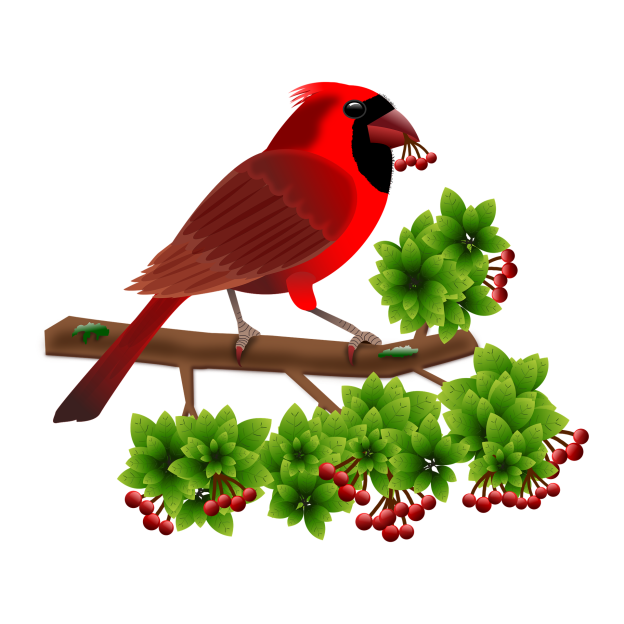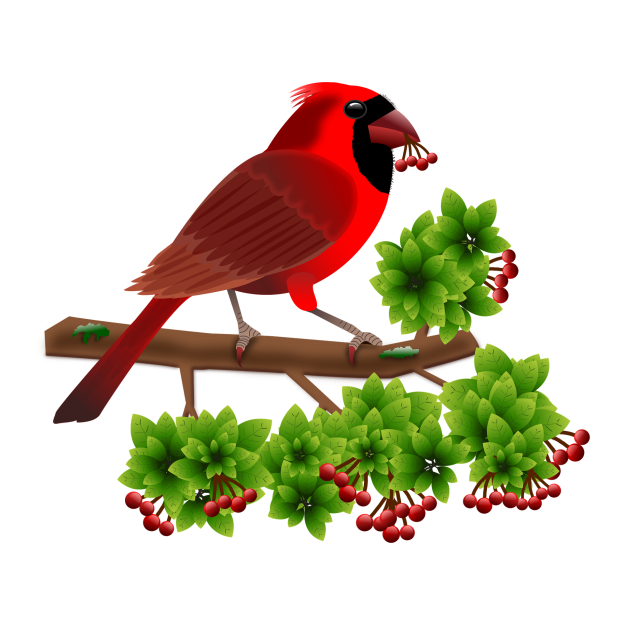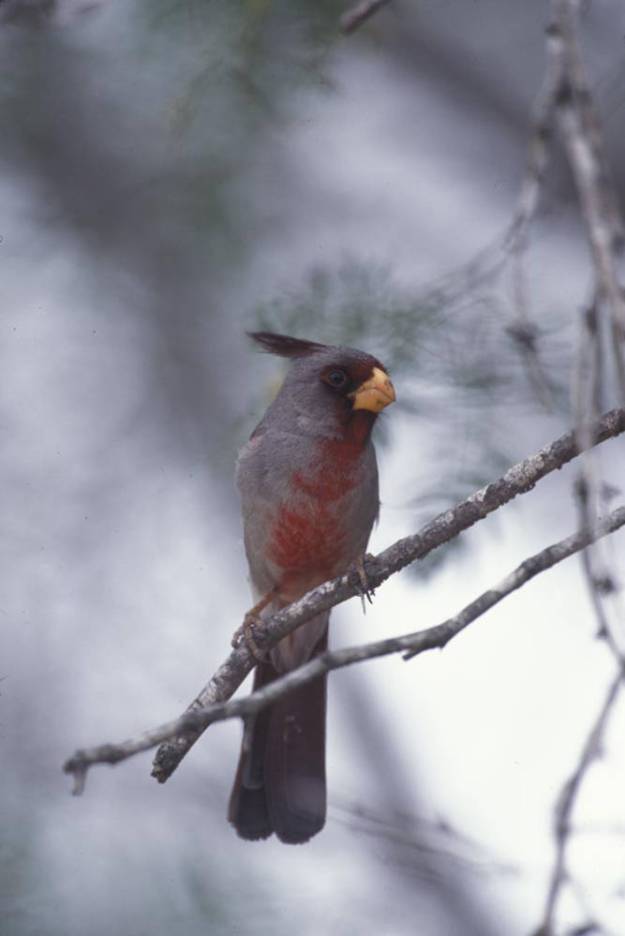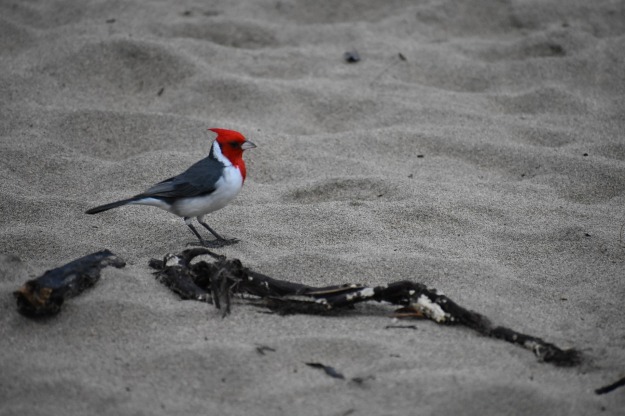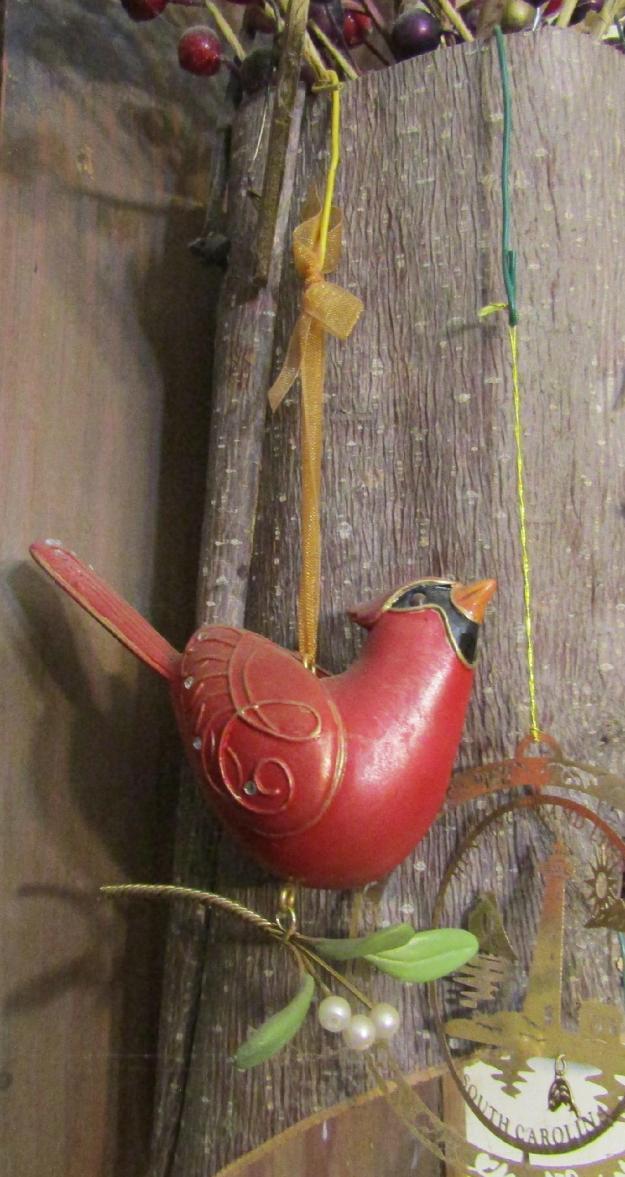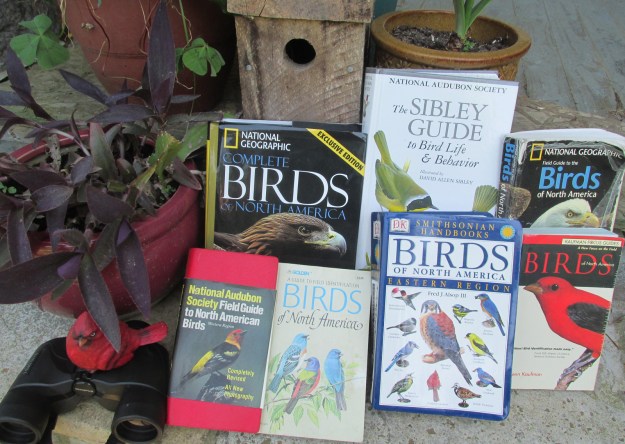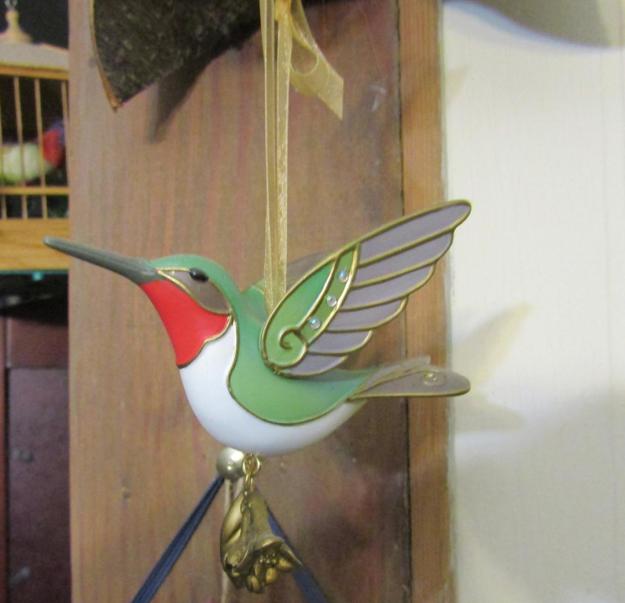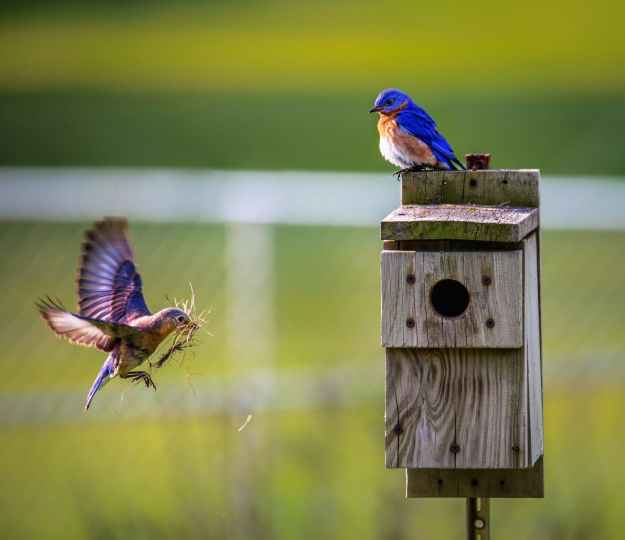
Photo by Edbo23/Pixabay.com • The yellow-rumped warbler is one of the few warblers that attempts to reside in the region during the winter months. Switching from a diet of insects to one of fruit and seeds helps the birds manage to find enough to eat during the lean months. This species is particularly fond of poison ivy berries.
November and December are bleak months for birders as we experience a bit of a letdown after the joys of fall migration. Many of the favorite birds that spend the summer months with us have departed and will not return until spring. Hummingbirds, tanagers, vireos and most warblers, despite a few lingering individuals, have left the scene.
I really feel the pinch since warblers are one of my favorite families of birds. In northeast Tennessee, southwestern Virginia and western North Carolina, there are only three warblers that bird enthusiasts are likely to see in the winter. The yellow-rumped warbler is by far the most common winter warbler, but palm warblers and pine warblers are also occasional winter residents. A few other warblers are occasional stragglers, attempting to eke out a living during the cold months. For instance, I’ve seen a few common yellowthroats during the winter over the years
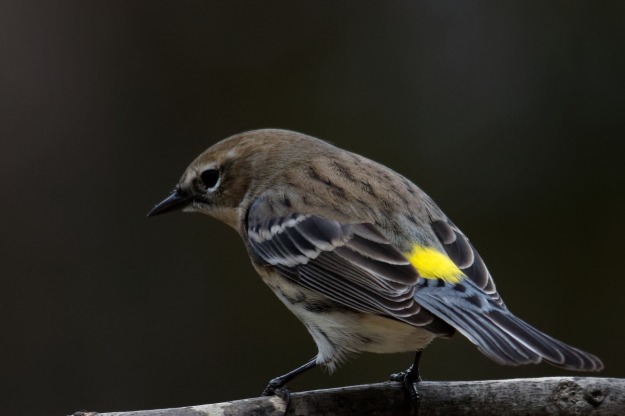
Photo by Edbo23/Pixabay.com • During the winter months, a yellow-rumped warbler is a dull bird in mostly brown and gray plumage except for the rump patch of bright yellow feathers that provides the bird its common name.
With the exception of the yellow-rumped warbler, however, the chances of enjoying warblers during the winter are rather slim. At least the yellow-rumped warbler is common and I encounter flocks of these birds on most occasions when I walk woodland trails in the region any time from November to April.
Until 1973, the yellow-rumped warbler was divided by scientists into two distinct species: the myrtle warbler in the eastern United States and Audubon’s warbler in the western United States. During a visit to Salt Lake City, Utah, in 2003, I saw my first and only “Audubon’s” warbler. This western counterpart is more colorful than the version birders know so well in the eastern half of the country. In addition to yellow plumage on the rear and flanks, the Audubon’s warbler also boasts a yellow crown and a yellow throat patch. Otherwise, the two birds are remarkably similar in appearance.
Of course, it’s the creamy yellow rump patch — looking like a small pat of butter — that gives this species its common name. Birders have adopted another nickname for the species, often referring to them simply as “butter-butts.”
There is now some discussion in scientific circles of dividing the species into not two distinct species, but four. The other two species would be the black-fronted warbler of mountains in Northern Mexico and Goldman’s warbler, which resides in Guatemala. I wouldn’t mind seeing Audubon’s warbler resurrected as a full species, since it would place an additional species on my life list of birds seen. In addition, it seems fitting that we have at least one bird that honors the name of the famed naturalist and painter John James Audubon.
The scientific name for the yellow-rumped warbler is Setophaga coronata, which are terms derived from ancient Greek that when roughly translated mean “crowned moth-eater.” Like most warblers, the yellow-rumped warbler is fond of insects, but there’s another food source these birds turn to during times of scarcity.

Photo by Bryan Stevens • A wintering yellow-rumped warbler clings to palm fronds in coastal South Carolina.
So, how does a warbler make it through the winter season in the region? After all, most warblers exist on a diet heavy on insects and other small invertebrates. The yellow-rumped warbler, however, supplements its diet with different seasonal berries, including juniper berries, Virginia creeper berries and dogwood berries. They also feed on berries from one unlikely source. These birds love to gorge themselves on poison ivy berries that, fortunately, produce no ill effects. I’ve long noticed that many of the trails I enjoy walking during the winter season wind through woodlands overrun by poison ivy. Of course, by eating the berries, the warbler also help spread the noxious vines.
The yellow-rumped warbler is not the only bird known to feed on poison ivy berries. Other birds seen eating these berries include Northern flickers, bobwhites, Eastern phoebes, Cedar waxwings, tufted titmice and American robins. White-tailed deer show a preference for dining on poison ivy leaves over other types of vegetation. The berries are high in fat and calories, which makes them an ideal food source for creatures with high metabolisms like songbirds. The berries also ripen in fall and early winter when many other types of berries are scarce. While it is best for humans to avoid contact with this plant, it is a valuable fall and winter food source for wildlife.

Photo by Bryan Stevens • A male yellow-rumped in spring plumage looks quite different than his subdued winter appearance.
While the yellow-rumped warbler is quite capable of dealing with some frost and snow, more than half of the world’s warblers live in more tropical climates outside the borders of the United States and Canada. Not all yellow-rumped warbler attempt to tough out winter conditions in the United States. Some do migrate to the tropics, where they utilize a variety of habitats, including mangroves, thorn scrub, pine-oak-fir forests and shade coffee plantations.
All warblers are exclusively New World bird species. The family numbers about 120 species. Some of the descriptively named species of warblers not seen within the United States or its northern neighbor include citrine warbler, white-striped warbler, black-crested warbler, pale-legged warbler, buff-rumped warbler, golden-bellied warbler and black-eared warbler.
During your next woodland stroll, keep your eyes peeled for small brown birds in the branches of nearby trees. If the last thing you see before they dive for cover is a bright yellow rump patch, you’ll know you’ve observed a yellow-rumped warbler.
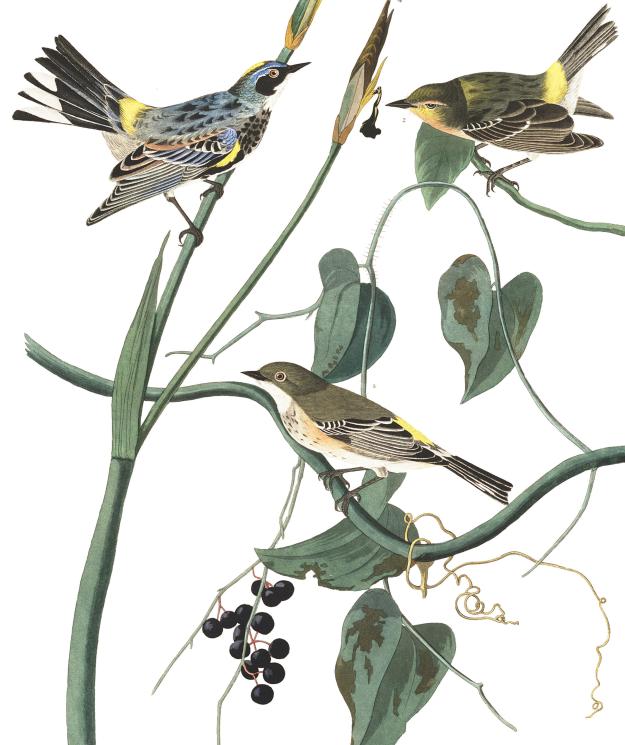
Early naturalist and painter John James Audubon painted these yellow-rumped warblers.


